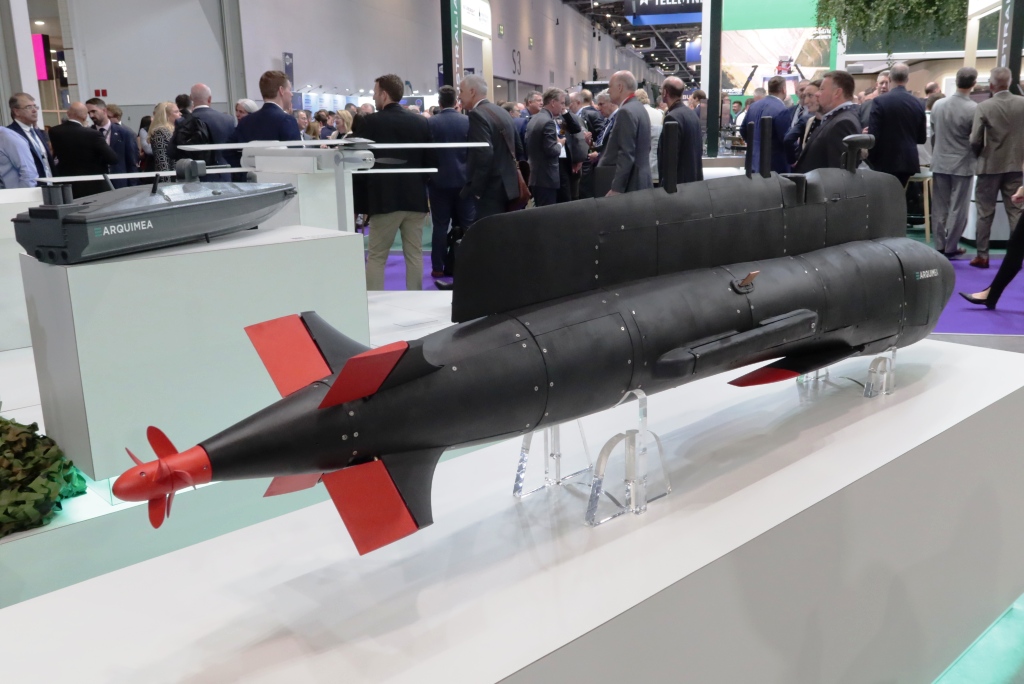Advancements in Drone Detection Technologies: The Case of Robin Radar
Emergence and Evolution
In the early 2010s, Robin Radar, a Dutch startup, embarked on its journey into drone detection, initially motivated by the need for reliable targets to validate its bird-spotting radar technology. According to CEO Siete Hamminga, the idea of collaborating with pigeon clubs to manage homing pigeons was considered. However, the company ultimately pivoted towards utilizing drones for this purpose—a strategic decision that has yielded significant dividends as drone threats have surged in modern warfare.
Today, drone detection constitutes the majority of Robin Radar’s revenue stream, with defense applications being the principal driver. The evolution of warfare now necessitates the capability to monitor multiple targets concurrently, a challenge Robin Radar is well-equipped to manage due to its historical focus on bird radar technology, which inherently deals with significant aerial traffic.
Rapid Growth and Financial Milestones
Robin Radar’s growth trajectory has been noteworthy. Recognized by the Financial Times as Europe’s second-fastest growing aerospace and defense entity, trailing only Finland’s ICEYE, the company saw its revenues leap from €5.5 million in 2020 to €43 million in 2023. The company aims to increase its production capabilities to at least six radar units per week by the end of 2025, a significant upgrade from its previous output of approximately 20 units annually just five years ago.
Key Financial Highlights:
- 2020 Revenue: €5.5 million
- 2023 Revenue: €43 million
- Production Goals by 2025: Output increase to six radars weekly
Defense Contracts and Applications
In a landmark development for Robin Radar, the Dutch Ministry of Defence placed an order for 51 IRIS drone-detection systems in 2023 to support Ukraine, marking the largest contract in the company’s history. Following this, a similar number of advanced mobile radars were ordered for 2024, reflecting ongoing commitments to bolster Ukraine’s air defenses amid its ongoing conflicts.
The IRIS radar, comparable in size to a sizable beer keg and weighing 29 kilograms, can be deployed on vehicles or tripods and is competitively priced under $1 million per unit.
Notable Orders:
- 2023: 51 IRIS systems to Ukraine
- 2024: Same quantity for mobile applications
- 2025: Doubling orders due to heightened demand
Currently, over 200 units of these radars are operational in Ukraine, primarily aimed at countering drone threats from Russian forces.
Technology and Innovation
The battlefield in Ukraine has served as an invaluable testbed for Robin Radar’s technologies, enabling real-time feedback that has spurred improvements such as a mobile version of the IRIS system and a software upgrade extending detection range from 5 kilometers to 12 kilometers. This enhancement is crucial, as every additional kilometer of detection translates to “more precious seconds” for response actions, significantly improving defensive capabilities.
The company’s ability to detect and classify loitering munitions, specifically Iranian-made Shahed drones, further exemplifies its technological advancements. These upgrades position the IRIS radar among the foremost off-the-shelf systems available today.
Workforce Expansion and Strategic Partnerships
The surge in defense-related contracts has facilitated the expansion of Robin Radar’s workforce, which has grown from just 25 employees in 2020 to a projected 225 by year’s end. This growth includes the recruitment of top engineers and specialists who are increasingly attracted to the defense sector’s promising potential.
Robin Radar’s market niche focuses on short-range, cost-effective drone detection systems, complementing offerings from defense giants such as Thales and Saab. This strategic positioning allows Robin Radar to avoid direct competition with larger defense primes while filling an essential gap in the market.
Collaboration with Leading Firms:
- Thales
- Saab
Future Outlook and Broader Implications
Looking forward, Robin Radar is not solely committed to defense; the company has ambitions in civilian sectors as well. With the radar technology originally designed for detecting birds, it also serves key markets like aviation and wind farms. This dual-use approach reflects a growing trend among companies that cater to both civilian and military needs. Hamminga forecasts that within the next five years, successful enterprises will likely embody this dual-use characteristic.
Furthermore, the company envisions a potential entry into unmanned traffic management markets by 2030, facilitating commercial drone operations as integration with civilian airspace expands.
Conclusion
Robin Radar’s journey underscores a critical intersection of innovation, defense needs, and strategic growth. As drone threats proliferate, the company stands poised at the forefront of technology, symbolizing a broader shift within the defense industry that prioritizes agility, dual capabilities, and responsiveness to emerging threats. The lessons learned from the current conflict in Ukraine, coupled with advancements in radar technology, are likely to shape the future of air defense strategies across NATO and allied nations.





